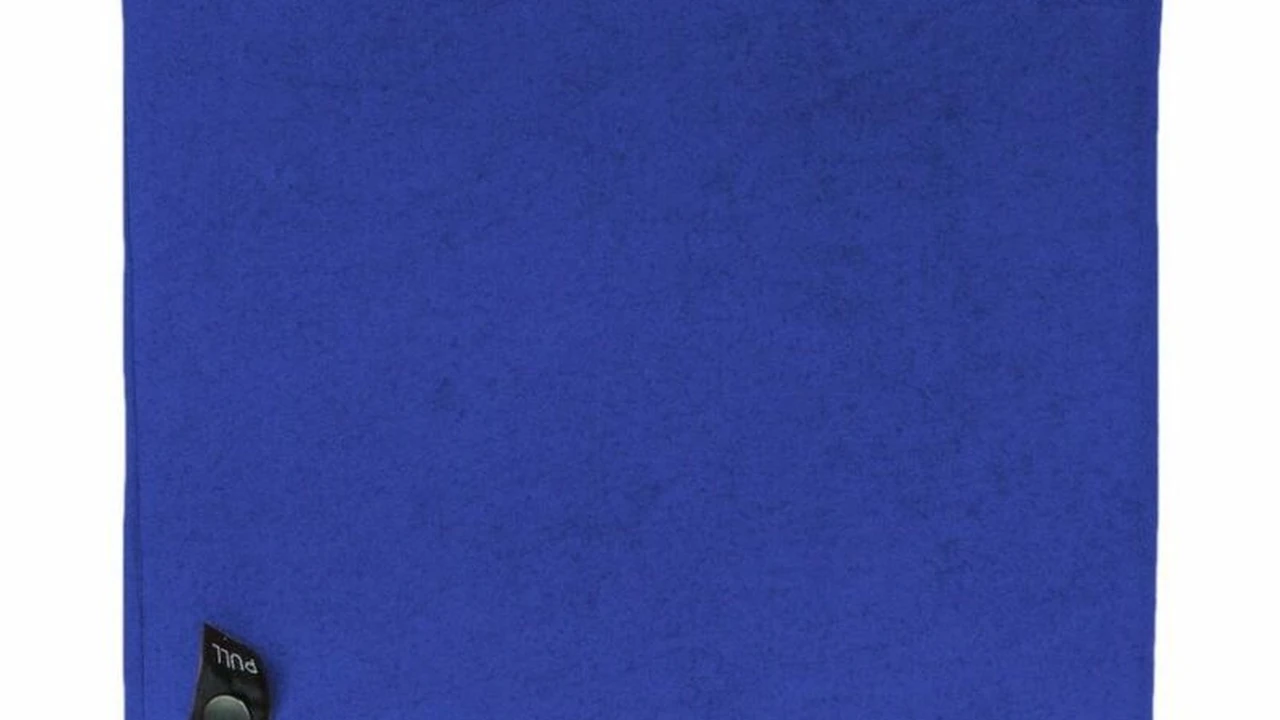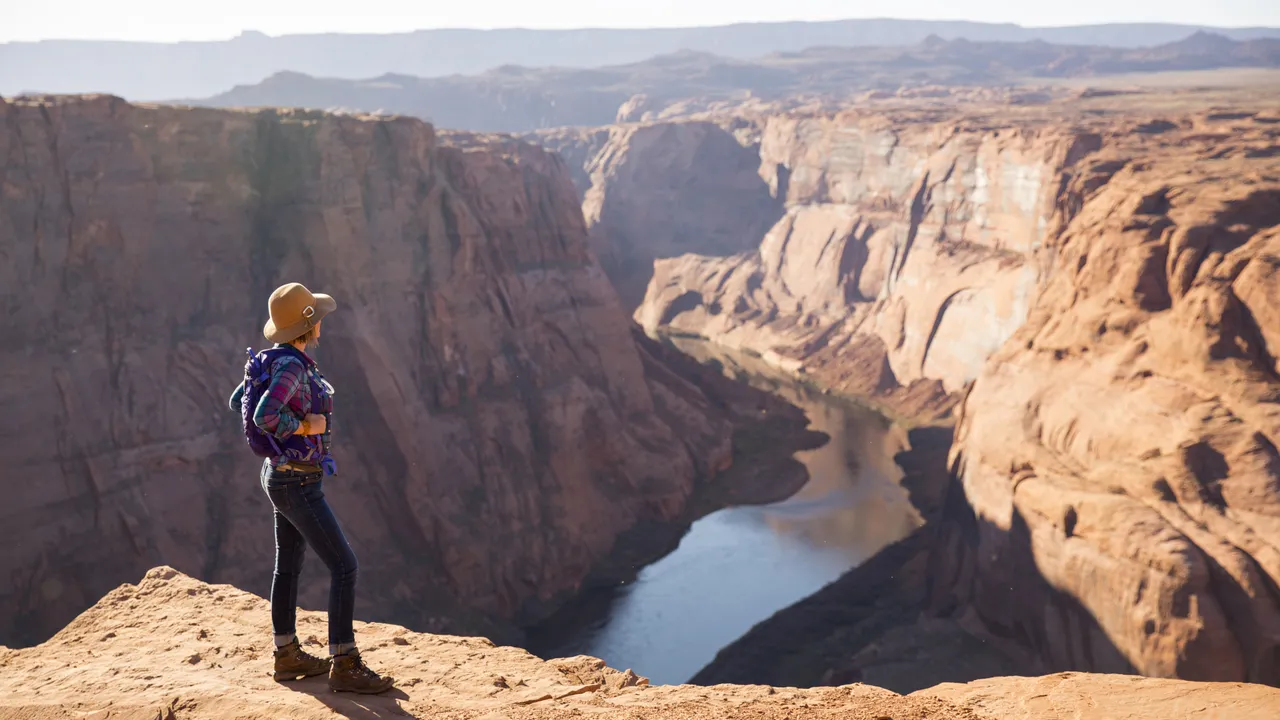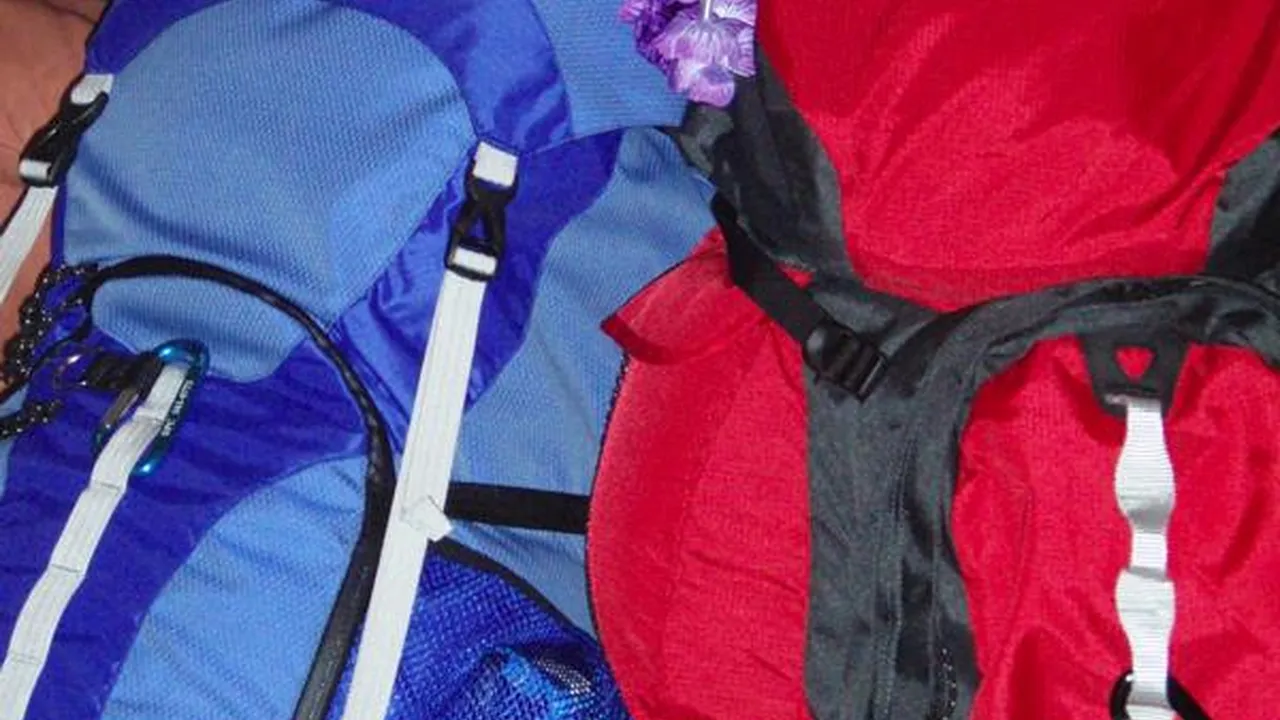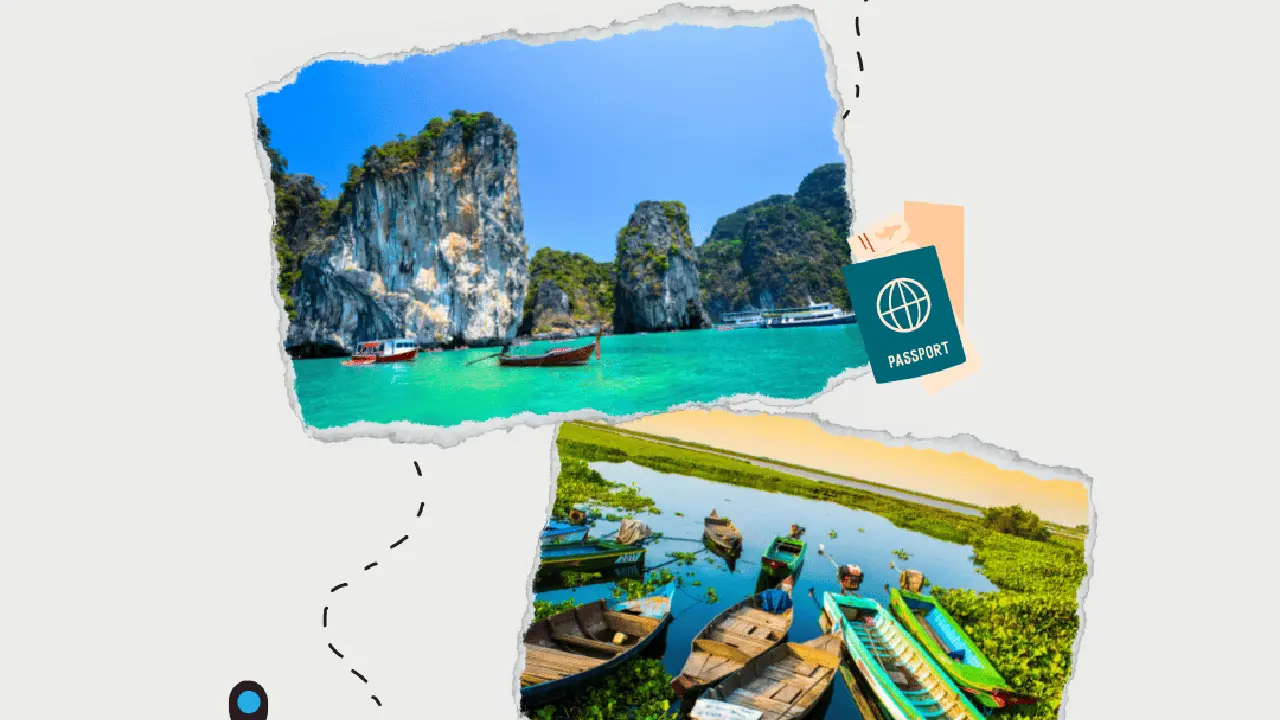Climbing Adventures in Yosemite Valley
Exploring the Grand Canyon A Beginner's Guide
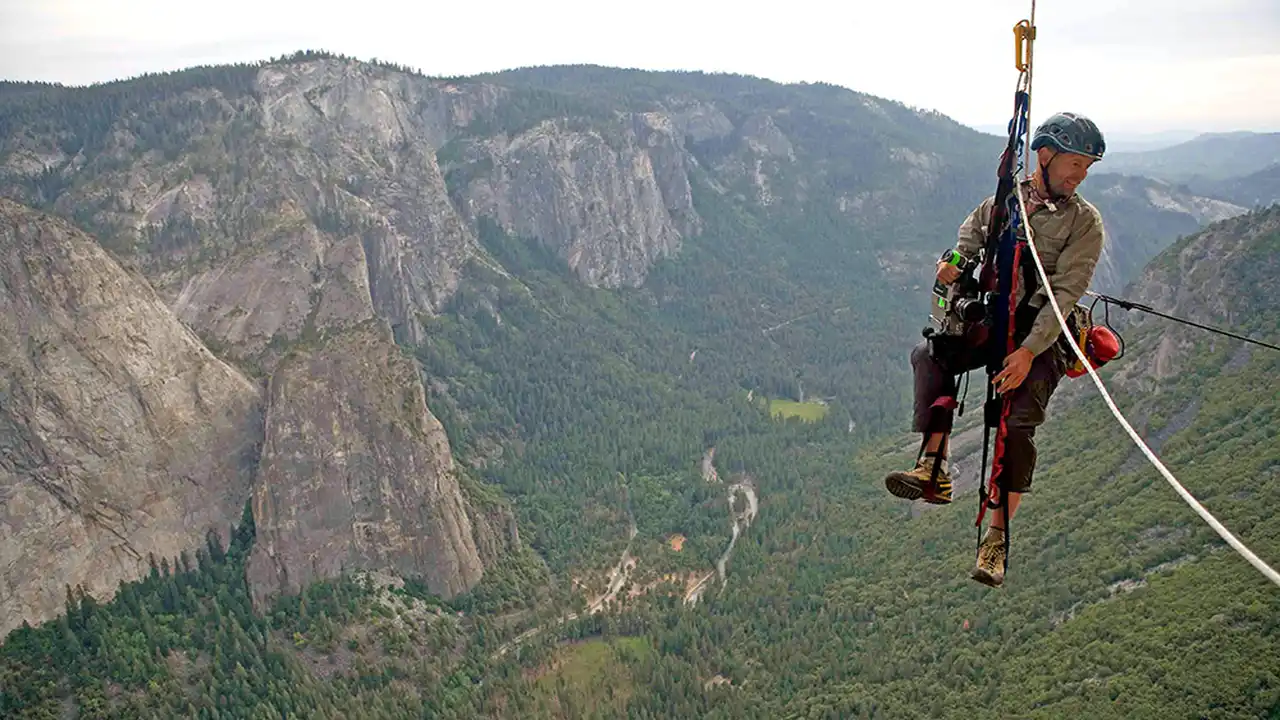
Grand Canyon National Park Overview and Introduction for First Timers
Okay, so you’re thinking about visiting the Grand Canyon? Awesome choice! It’s one of those places that photos just can’t do justice. Standing on the rim, looking out at that vastness, is a truly humbling experience. This guide is designed for first-timers, giving you the lowdown on everything you need to know to make the most of your trip. We'll cover the best viewpoints, some easy hiking trails, and essential tips to ensure you have a safe and unforgettable adventure. Get ready to be amazed!
Best Grand Canyon Viewpoints for Stunning Photos and Scenery
Let’s talk views! The Grand Canyon is HUGE, so knowing where to go for the best vistas is key. Here are a few must-see viewpoints:
- Mather Point: This is probably the first viewpoint most people visit, and for good reason. It’s close to the South Rim Visitor Center and offers panoramic views. It can get crowded, so try to go early or late in the day.
- Yavapai Point: Located near the Yavapai Geology Museum, this point offers incredible views and a chance to learn about the canyon's formation. The museum is a great place to escape the heat for a bit.
- Grandview Point: As the name suggests, the views from here are grand! It’s a bit further east along the South Rim, but definitely worth the drive. The historic Grandview Trail also starts here.
- Desert View Watchtower: This historic tower, designed by Mary Colter, offers stunning views from its top. It’s located at the eastern end of the South Rim and is a great spot to watch the sunset.
- Hopi Point: A particularly great spot for sunset viewing, Hopi Point is accessible by shuttle bus and offers sweeping views of the inner canyon.
Easy Grand Canyon Hiking Trails for Beginners and Families
Want to get a little closer to the canyon? Hiking is a great way to do it! But remember, hiking *down* is easier than hiking *up*, especially at altitude. Here are some relatively easy trails perfect for beginners:
- Bright Angel Trail (Partial): This is a classic Grand Canyon trail, but it's STEEP. For beginners, just hike down to the first rest stop (1.5 miles round trip) or the 3-mile Resthouse. Turn around and hike back up – trust me, you’ll be glad you did!
- South Kaibab Trail (Partial): Similar to Bright Angel, this trail offers incredible views but is very steep. Hike down to Ooh Aah Point (1.8 miles round trip) for a taste of the canyon. Be sure to bring plenty of water.
- Rim Trail: This paved trail runs along the South Rim and is mostly flat. It’s perfect for a leisurely stroll and offers amazing views. You can hop on and off the free shuttle bus at various points along the trail.
Grand Canyon Activities Beyond Hiking Exploring Options
The Grand Canyon isn't just about hiking! There are tons of other activities to enjoy:
- Mule Rides: A classic Grand Canyon experience! Mule rides take you down into the canyon on a sure-footed mule. Book well in advance, as they're very popular.
- Helicopter Tours: See the Grand Canyon from a whole new perspective with a helicopter tour. These tours offer breathtaking views and a thrilling experience.
- Rafting Trips: For the adventurous, a rafting trip down the Colorado River is an unforgettable experience. Trips range from a few days to several weeks.
- Stargazing: The Grand Canyon is a designated International Dark Sky Park, meaning the night skies are incredibly dark and perfect for stargazing. Join a ranger program or simply find a dark spot and look up!
- Visit the Museums: The Yavapai Geology Museum and the Kolb Studio offer fascinating insights into the canyon's history and geology.
Essential Grand Canyon Planning Tips Weather Packing Altitude
Planning is crucial for a successful Grand Canyon trip. Here are some essential tips:
- Weather: The Grand Canyon has extreme weather. Summer temperatures can soar, while winter can be cold and snowy. Check the forecast before you go and pack accordingly. Layers are your friend!
- Packing: Bring plenty of water, sunscreen, a hat, and comfortable hiking shoes. A backpack is essential for carrying water and snacks.
- Altitude: The South Rim is at an elevation of around 7,000 feet (2,100 meters). This can cause altitude sickness, especially if you're not used to it. Drink plenty of water, avoid strenuous activity on your first day, and be aware of the symptoms (headache, nausea, dizziness).
- Reservations: If you're planning to stay inside the park, book your accommodations well in advance. Lodging and camping spots fill up quickly, especially during peak season.
- Transportation: The free shuttle bus system is a great way to get around the South Rim. Use it to avoid parking hassles.
Where to Stay Grand Canyon Lodging Options Inside and Outside the Park
Choosing where to stay is a big decision. Here are some options:
- Inside the Park: Staying inside the park offers convenience and easy access to the canyon. Options include El Tovar Hotel (historic and luxurious), Bright Angel Lodge (rustic charm), and Yavapai Lodge (more affordable). Book well in advance!
- Outside the Park: The town of Tusayan is located just outside the South Rim entrance and offers a variety of hotels and restaurants. It's a more affordable option than staying inside the park.
- Camping: Camping is a great way to experience the Grand Canyon. Mather Campground is located on the South Rim and offers tent and RV sites. Reservations are required.
Grand Canyon Safety Tips Staying Safe During Your Visit
Safety is paramount when visiting the Grand Canyon. Here are some tips to keep in mind:
- Stay on Marked Trails: Don't wander off the trails, as the terrain can be dangerous.
- Bring Plenty of Water: Dehydration is a serious risk, especially in the summer. Carry plenty of water and drink it regularly.
- Wear Sunscreen and a Hat: Protect yourself from the sun's harmful rays.
- Be Aware of Your Surroundings: Watch out for wildlife (squirrels, ravens, and even mule deer are common) and be aware of the edge of the canyon.
- Tell Someone Your Plans: Let someone know where you're going and when you expect to be back.
- Heed Warning Signs: Pay attention to warning signs and follow their instructions.
Grand Canyon Photography Tips Capturing the Best Shots
The Grand Canyon is a photographer's dream! Here are some tips for capturing stunning photos:
- Golden Hour: The best time to photograph the Grand Canyon is during the \"golden hour\" – the hour after sunrise and the hour before sunset. The light is soft and warm, creating beautiful colors and shadows.
- Wide-Angle Lens: A wide-angle lens is essential for capturing the vastness of the canyon.
- Tripod: A tripod will help you keep your camera steady, especially in low light.
- Experiment with Different Angles: Don't just take photos from the main viewpoints. Explore different angles and perspectives to create unique images.
- Capture the Details: Don't forget to capture the details of the canyon, such as the rock formations and the plants and animals.
Recommended Gear and Equipment for Grand Canyon Adventures
Having the right gear can make your Grand Canyon experience much more enjoyable. Here are a few recommendations, including specific product examples:
- Hiking Boots: Essential for any hiking, even on the easier trails.
- Merrell Moab 2 Vent: These are a popular choice for their comfort, durability, and breathability. They're great for day hikes and offer good support. Expect to pay around $100.
- Salomon X Ultra 4 GTX: A bit more expensive (around $150), these boots offer excellent waterproofing and support. They're a good choice if you plan on hiking in potentially wet conditions.
- Comparison: The Merrells are more breathable and generally better for warmer weather, while the Salomons are more waterproof and offer slightly better ankle support.
- Backpack: To carry water, snacks, sunscreen, and other essentials.
- Osprey Talon 22 (Men's) / Tempest 20 (Women's): These are lightweight and comfortable daypacks with plenty of room for essentials. They feature a breathable back panel and adjustable straps. Expect to pay around $120.
- REI Co-op Flash 22: A more affordable option (around $60), the Flash 22 is a simple and lightweight daypack that's perfect for short hikes.
- Comparison: The Osprey packs offer more features and a more comfortable fit, but the REI pack is a great value for the price.
- Water Filter or Purification Tablets: If you plan on hiking long distances, consider bringing a water filter or purification tablets to treat water from natural sources.
- Sawyer Squeeze Water Filter: This lightweight and compact filter is easy to use and can filter up to 1 million gallons of water. It costs around $30.
- Potable Aqua Water Purification Tablets: These tablets are a simple and effective way to purify water. They cost around $10 for a pack of 50.
- Comparison: The Sawyer Squeeze is more convenient for filtering larger quantities of water, while the purification tablets are a good option for emergency situations.
- Sunscreen: A high SPF sunscreen is essential for protecting your skin from the sun.
- Neutrogena Ultra Sheer Dry-Touch Sunscreen SPF 55: This sunscreen is lightweight, non-greasy, and provides broad-spectrum protection. It costs around $10.
- La Roche-Posay Anthelios Melt-In Sunscreen Milk SPF 60: This sunscreen is a bit more expensive (around $35), but it's gentle on sensitive skin and provides excellent protection.
- Comparison: The Neutrogena sunscreen is more affordable and widely available, while the La Roche-Posay sunscreen is a better option for those with sensitive skin.
- Hat: A wide-brimmed hat will protect your face and neck from the sun.
- Sunglasses: Protect your eyes from the sun's glare.
Grand Canyon Budget Travel Tips Saving Money on Your Trip
Visiting the Grand Canyon doesn't have to break the bank. Here are some tips for saving money:
- Visit During the Off-Season: The off-season (November-February) offers lower prices on accommodations and fewer crowds.
- Camp: Camping is a much more affordable option than staying in a hotel.
- Bring Your Own Food: Eating at restaurants inside the park can be expensive. Bring your own food and snacks to save money.
- Take Advantage of Free Activities: The Grand Canyon offers plenty of free activities, such as hiking, stargazing, and attending ranger programs.
- Look for Discounts: Check for discounts on accommodations and activities. AAA members, seniors, and military personnel may be eligible for discounts.
:max_bytes(150000):strip_icc()/277019-baked-pork-chops-with-cream-of-mushroom-soup-DDMFS-beauty-4x3-BG-7505-5762b731cf30447d9cbbbbbf387beafa.jpg)



